Art & Music Therapy
The strategic use of creative expressions to clarify thoughts and enhance communication
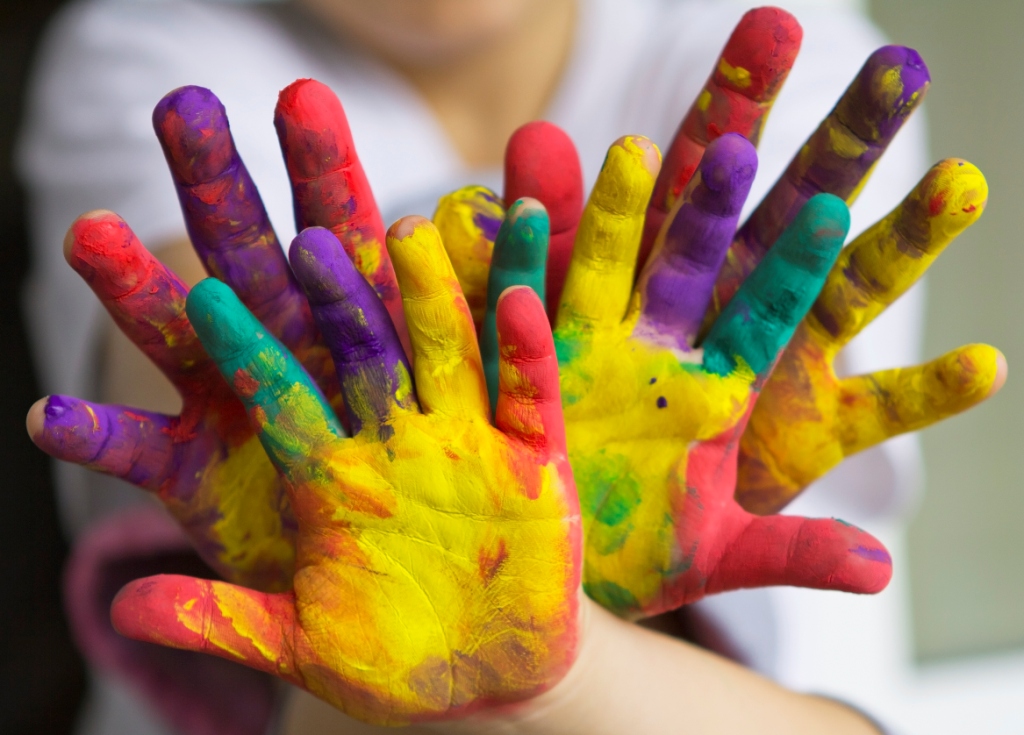
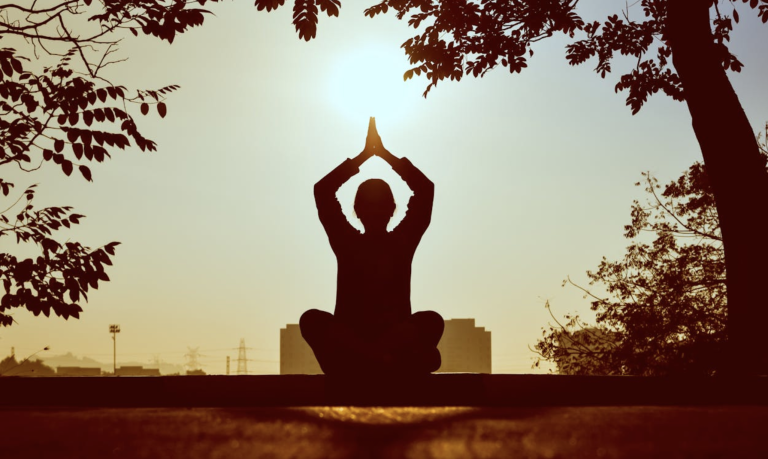
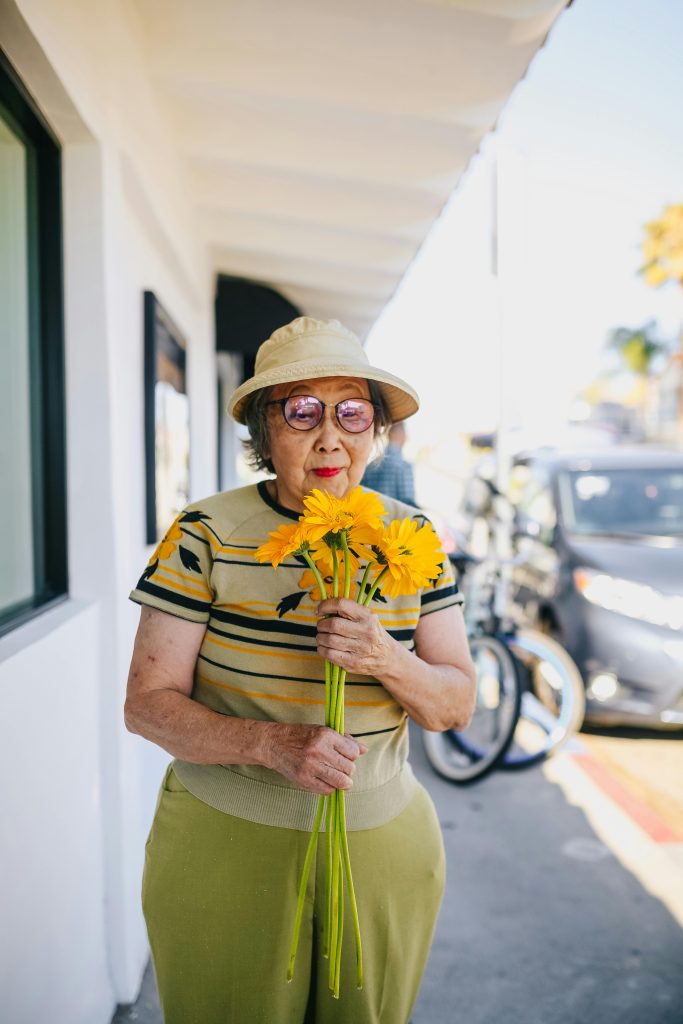
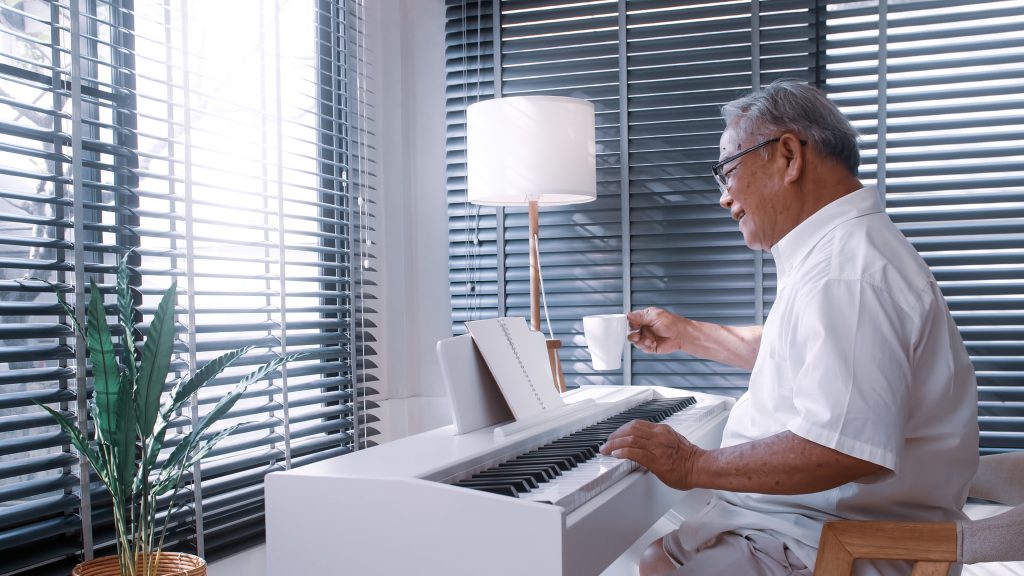
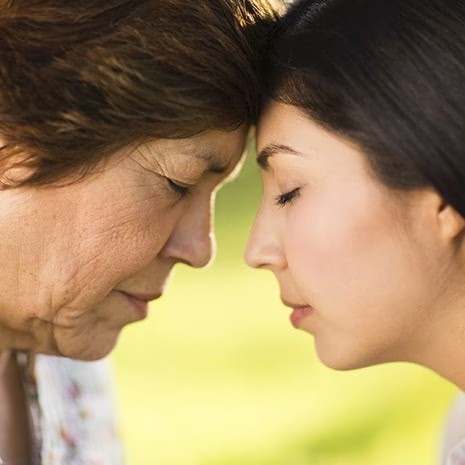
Unlocking Healing Through Creative Expressions
Evidence shows that integrating art and music into therapy are versatile and effective tools in rehabilitation, mental health, and community support for self and families
Read
Essential Frequently Asked Information
Art and music therapies build emotional resilience by offering safe, creative spaces for emotional exploration, expression, and regulation. These therapies help individuals process trauma, manage stress, and develop coping strategies, which are linked to improved mood, self-esteem, and social connection. Regular participation has been shown to increase life satisfaction, reduce symptoms of depression and anxiety, and foster a sense of agency and hope. For people facing chronic illness or neurological conditions, these therapies can be transformative – supporting not just recovery, but a richer, more connected quality of life.
Collaboration across medicine, neuroscience, and the arts is crucial because each field brings unique expertise to understanding and enhancing brain recovery. Medical professionals provide clinical oversight, neuroscientists uncover the mechanisms of brain plasticity, and artists or therapists design engaging, meaningful interventions. This interdisciplinary approach ensures therapies are evidence-based, tailored to individual needs, and grounded in both scientific understanding and creative practice. Such partnerships have led to innovations like neurologic music therapy and multisensory art-based protocols, which are more effective and adaptable to diverse patient populations.
When art and music therapy are combined, they offer synergistic benefits for both mental and physical health. Mentally, these therapies provide non-verbal outlets for self-expression, reduce stress and anxiety, and improve mood and cognitive function. Physically, they support motor recovery, coordination, and sensory integration, particularly in neurorehabilitation settings. Studies indicate improvements in attention, executive function, and even muscle strength when these therapies are used together. The holistic engagement of mind and body fosters greater motivation, resilience, and adherence to rehabilitation, leading to better outcomes than either therapy alone.
Art and music therapy can be woven into neurorehabilitation by engaging multiple senses—sight, sound, touch, and movement – to stimulate brain networks involved in recovery. For example, patients may participate in activities like painting to music, virtual reality art tasks, or rhythmic movement with visual art cues. These combined modalities activate sensory, motor, and cognitive pathways simultaneously, promoting neuroplasticity and functional gains. Innovative programmes, such as those using personalised musical compositions or immersive environments, show that integrating art and music in therapy enhances motivation, participation, and real-world skill transfer, especially for neurological conditions like stroke, Parkinson’s disease, and brain injury.
Why Choose Us
Lifeweavers is a multi-disciplinary therapy team of highly experienced rehabilitation clinicians consisting:
Occupational Therapists
Physiotherapists
Speech Therapists
Hand Therapists
Dieticians
Stretch Therapists
Specialised Massage Therapists
All the rehab therapy specialists you’ll need to assist in every step of the way on their recovery journey.
Discuss With Us
There is no case too simple or complex to approach us for – we are relevant to anyone looking for personalised, high quality, preventive minded healthcare

